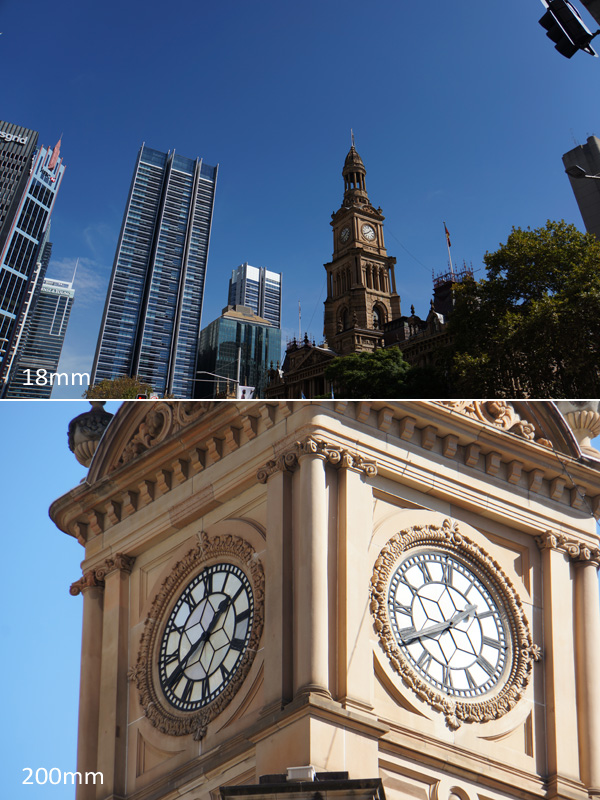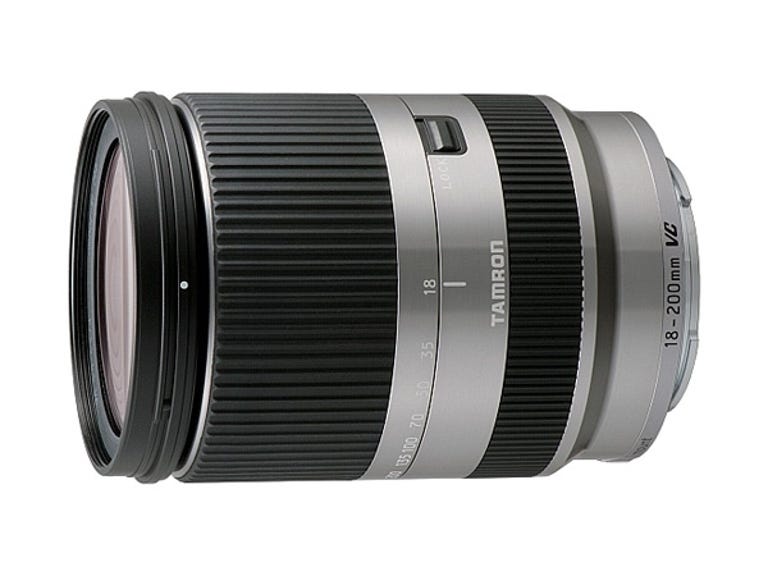 Why You Can Trust CNET
Why You Can Trust CNET Tamron 18-200mm f/3.5-6.3 Di III VC review: Tamron 18-200mm f/3.5-6.3 Di III VC
Tamron has made a well-constructed and efficient lens for Sony NEX cameras. Most photographers looking at a wide-angle to telephoto zoom should consider it as well as the Sony-branded version, particularly if price is a sticking point.
Ever since Sony opened up its E-mount for NEX cameras to third-party lens manufacturers, we've been waiting to see what we would get. Tamron is one of the first to emerge with the 18-200mm f/3.5-6.3 Di III VC lens, the same focal length as one of the existing NEX lenses from Sony.
The Good
The Bad
The Bottom Line
Weighing in at 460 grams, with rubberised zoom and focusing rings, the Tamron version feels a lot lighter than the Sony model, which is flanked in an all-metal finish. The focusing ring moves freely and the zoom ring has a bit more resistance, but it means that the lens is not susceptible to zoom creep. The lens is finished in either silver or black, which might suit the finish of your NEX better than the Sony equivalent, which is only available in silver.

A visual demonstration of the two extremes of the 18-200mm lens.
(Credit: CBSi)
The lens feels very well-constructed, with a metal mount, and it doesn't overwhelm the NEX body as much as the equivalent Sony lens does. For this review, we tested the Tamron lens in conjunction with the NEX-5N.
The lens has a filter thread of 62mm. It also focuses internally, which means that any filters attached to the front element won't rotate out of position. It comes with a small petal lens hood in the box.
Image quality
The Tamron 18-200mm is an impressive lens. Given the benefits of being slightly smaller than the equivalent Sony, and also quite a bit cheaper, it offers a pretty tempting proposition for NEX photographers. The Tamron's colour profile is generally accurate and it exhibits very little lens flare.
At the wide end, the Tamron is particularly sharp towards the centre of the frame, with a slight drop-off in sharpness towards the edge of the frame, particularly when shooting wide open. At the telephoto end things become a fair bit softer. There is a degree of chromatic aberration, particularly coloured fringing that shows when shooting particularly contrasting scenes. It can be compensated for and removed in post-processing though, and would only be an issue if the image was being cropped or printed in a large format.
Even at the wide end (18mm) the Tamron exhibits fringing, 100 per cent crop inset.
(Credit: CBSi)
There is very little falloff with this lens and no obvious vignetting at the corners.
As with any wide-angle lens there is significant barrel distortion at the wide end, but this can be corrected in post. The image stabilisation system (Tamron calls this VC, or vibration compensation) works effectively in eliminating most handshake and lets you shoot down to around 1/6 second handheld at the wide end. Naturally, the telephoto end is where you see handshake magnified the most and at this extreme you can get away with 1/10 without too much trouble.
Focusing is generally quick and accurate, except for the telephoto end, which often hunted for focus a few times before locking on correctly.
Image samples
Exposure: 1/250, f/5.6, ISO 100 | Exposure: 1/100, f/4.5, ISO 125 |
Conclusion
Tamron has made a well-constructed and efficient lens for Sony NEX cameras. Most photographers looking at a wide-angle to telephoto zoom should consider it as well as the Sony-branded version, particularly if price is a sticking point.


